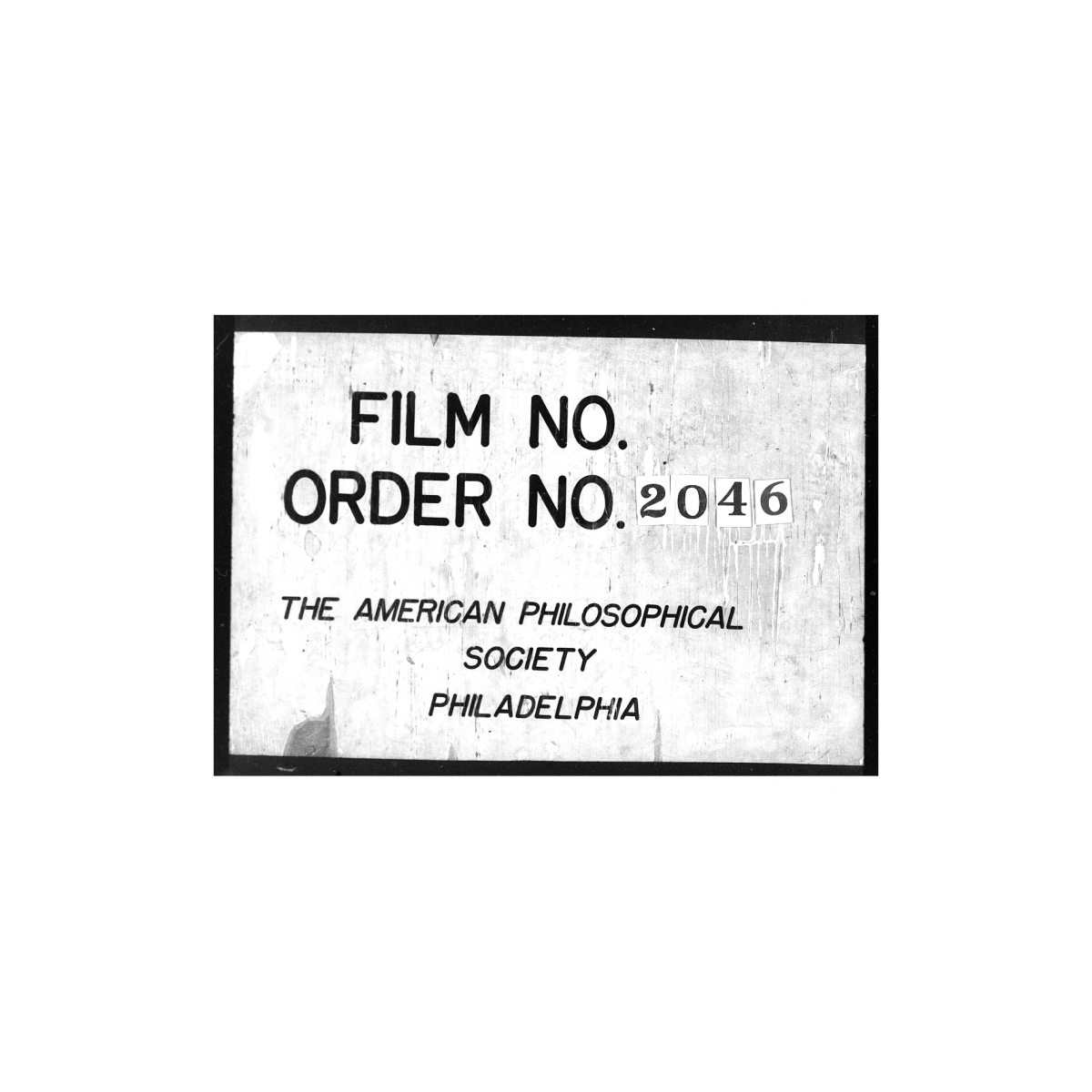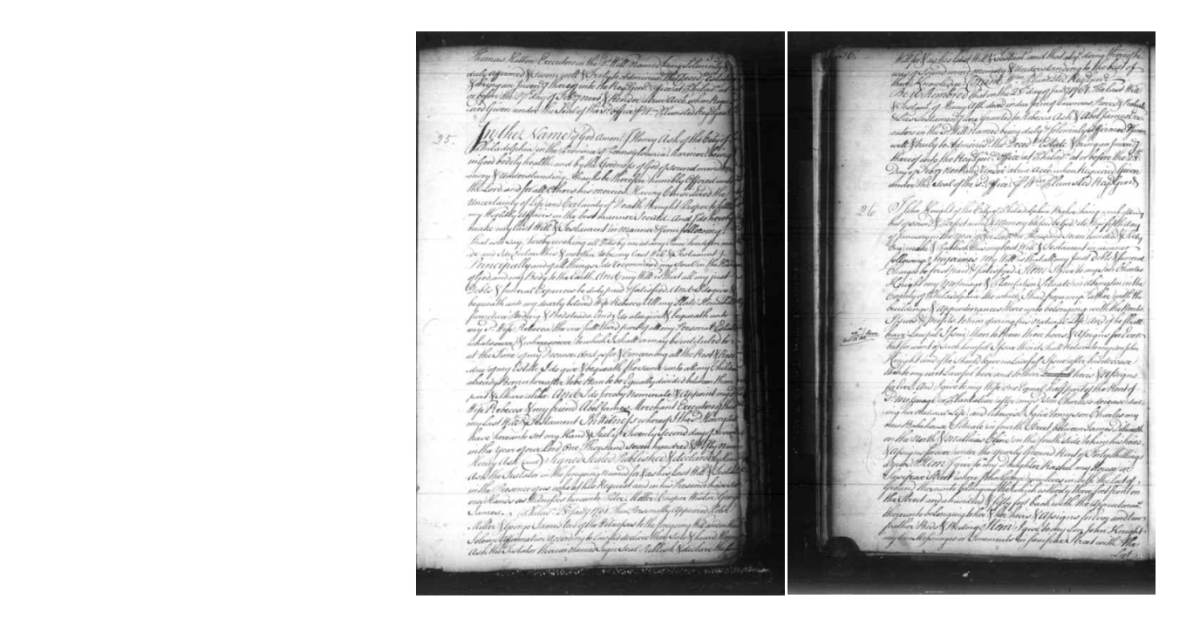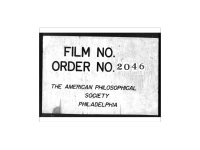Until very recently, I understood microfilm in the abstract and unfamiliar way that children born after Y2K understand landline phones. I knew that microfilm exists, that it is no longer made, and that HSP has a special room with large machines for viewing it. Beyond that, I was lost.
I had managed to avoid the tiny medium for years. With the ever-increasing amount of information online, I found other ways to work around using microfilm. Need an old newspaper? Find something digitized that suits your needs! No confusing microfilm required.
This method worked well for me… until it didn’t. After a month and a half of interning at HSP, I found Dauntless Women: the story of the woman suffrage movement in Pennsylvania, 1910-20, a document that I needed to complete a project I had been tasked with. The document was a thesis by a University of Pennsylvania PhD candidate of the 1940s and was available only in microfilm. My days of avoiding microfilm came to an abrupt end.

Microfilm title page, John Dickinson Papers Project collection [3294]
The first thing I realized when I tried to delve into this unknown world was that the simple term microfilm confused me, especially when placed near other words like microfiche and microform. With a little help from Google, I learned that microform is an umbrella term for types of media that are in some stage of film development, but are tiny. Microfilm is similar to a reel of negatives; microform is more like the single print in the front of developed photos that includes every photo on the roll of film. Both are ways to turn pages and pages of information into something compact, like an old-fashioned zip file.
With a good grasp on the basic terminology, I felt confident enough to try my hand at the lost art of viewing microfilm. I sat down at one of the older viewers, an Indus Super Carrel, and looked at the instructional diagram of how to get started. After a few tries, I figured out the correct way to thread the film, letting the film come up from the bottom of the spool into the glass instead of coming over the top. It’s not rocket science, but it is not the most intuitive thing in the digital world.
After the reel was situated, which took longer than I am willing to admit, it was time to set up the viewer’s many knobs and levers to get in an optimal viewing mode. From left to right there are switches that change the size of the projection, the focus, and the speed to turn pages at. Then, on the right side of the machine, there is a handle that lets you turn through pages. When I had made the requisite adjustments to find a reading sweet spot, reading the material was a breeze.

Microfilm of Henry Ash's manuscript will [XW-PA-PH5]
Here are my final thoughts on microfilm. It might not be the simplest material to work with, but it is worth the effort. Initially, it seems outdated and old, but using microform can open up a new world of valuable resources. Instead of going out of my way to avoid the sources only available on microform, I will gladly embrace this new method of research. For those of you who do not have the availability or the patience to sit in front of a microfilm reader for hours, HSP does have newer models that allow you to print or even scan microfilm so that you can read materials at your own leisure.

